The correct packaging of coffee beans-so that you can better preserve the flavor of beans
Abstract: roasted coffee beans are easily exposed to oxygen in the air to produce oxidation, which deteriorates the oil contained in coffee beans, and the aroma will volatilize and disappear. There are also many kinds of coffee bean packaging on the market, so what kind of packaging is the best for the preservation of coffee beans?
Roasted coffee beans, it is easy to come into contact with oxygen in the air and produce oxidation, so that the oil contained in coffee beans deteriorate, fragrance will evaporate and disappear. The deterioration is accelerated by the influence of temperature, humidity, sunshine and other external conditions. Especially after multi-layer treatment of low-caffeine coffee beans, oxidation is carried out faster. Therefore, in order to maintain the aroma and quality of coffee, how to package and preserve coffee beans has become a great knowledge. Coffee beans produce a lot of carbon dioxide after roasting, so the packaging of coffee beans not only need to avoid contact with air oxidation, but also need to deal with the carbon dioxide produced by coffee beans.
Preservation and difference of Coffee Bean
1. Gas-containing packaging.
This is also the most common packaging, using glass cans, paper bags or plastic containers to pack beans and powder, then covered or sealed. The preservation of this kind of packaging is low, and because it is in contact with the air all the time, it should be drunk as soon as possible, and the best drinking period is about a week.
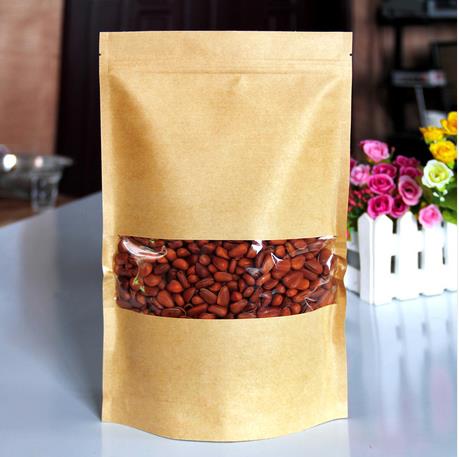
2. Vacuum packing.
The packing container (can, aluminum foil bag, plastic bag) draws out the air from the container after filling the coffee. Although it is called vacuum, it actually removes up to 90% of the air, not 100% vacuum, and is not suitable for preserving coffee powder.
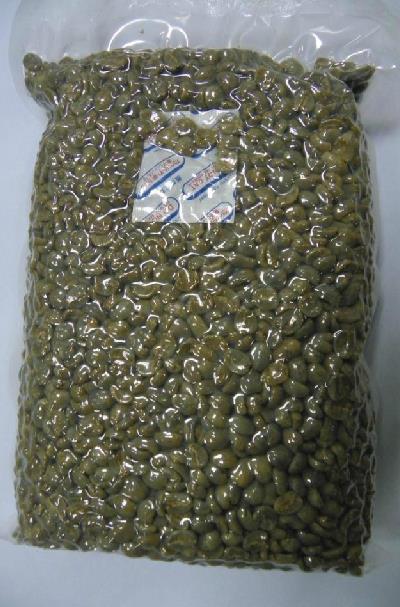
3. Gas filling packaging.
A pinhole is designed on the metal bag. After filling the coffee, inactive nitrogen is poured into the bag and the carbon dioxide in the bag is squeezed out of the pinhole. This method is more popular, but after all the gas is discharged, part of the air will be drilled back into the human bag from the pinhole. Some coffee capsules are also packed with nitrogen, such as silvestre coffee capsules
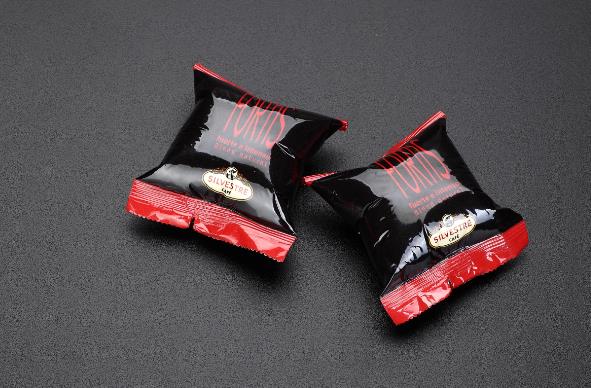
4. Packing of gas absorbent.
When the absorbent made from deoxidizer and decarbonization is put into the bag, the air in the package can be easily absorbed, and the carbonation produced by the coffee can also be absorbed, but its disadvantage is that the aroma of the coffee will also be absorbed.
5. UCC Euro packing.
This is the most ideal outer packaging of coffee at present, all in the form of beans rather than powder. It is similar to the pinhole metal bag, except that the gas in the bag can be discharged through the pinhole, while the unidirectional piston can prevent the air from entering the bag. Immediately after the beans are roasted, the coffee manufacturers cool and pack the beans and pour nitrogen into the bag to discharge the gas from the bag. Although this kind of packaging is the most ideal, but the material is expensive and the cost is high. At present, only selected coffee from large companies will use this packaging method.
Important Notice :
前街咖啡 FrontStreet Coffee has moved to new addredd:
FrontStreet Coffee Address: 315,Donghua East Road,GuangZhou
Tel:020 38364473
- Prev
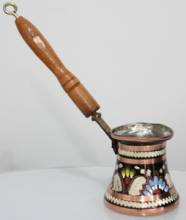
Turkish coffee-let you know the mysterious world of divination
Abstract: tired of fashionable coffee, learn about the origin, culture and how to make Turkish coffee. I began to like this old handmade coffee. Tired of coffee fashion? Maybe I prefer things from five hundred years ago. At first, I didn't say I liked Turkish coffee, but I was attracted by the beautiful Turkish coffee pot. Always like it
- Next
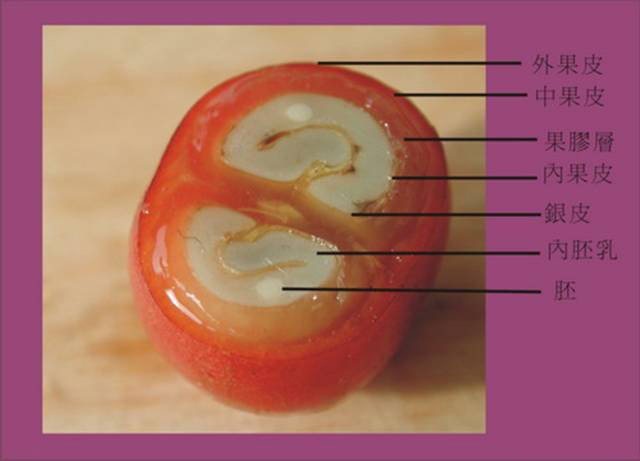
The difference between fresh coffee beans and old beans
Abstract: generally speaking, fresh coffee beans harvested in that year are called new beans (New Corp), those harvested the year before last are called old beans (Past Corp), and those that have been placed for more than a year are called old beans (Old Corp). What is the difference between them? Generally speaking, fresh coffee beans harvested in that year are called new beans (New Corp), those harvested the year before last are called old beans (Past Corp), and those that have been kept for more than a year are called old beans (Ol)
Related
- What is the meaning of lactic acid fermentation with coffee bean treatment?
- How to judge the state of foam by sound?
- How does the latte pull out the unicorn pattern? Come to get for a little trick to improve the flower pull!
- Will flower pulling affect the taste of the latte?
- Do you know the history of coffee?
- The difference between honey treatment and sun washing what is raisin honey treatment?
- What kind of milk can a novice use to make coffee foam to keep the foam longer? The correct method and skills of milking tutorial sharing
- Why do washed coffee beans taste sour? Flavor characteristics of washed Coffee
- Introduction to the skill of how to practice the size and height of water injection around the circle of hand-brewed coffee
- How do beginners practice coffee flower drawing from scratch?

